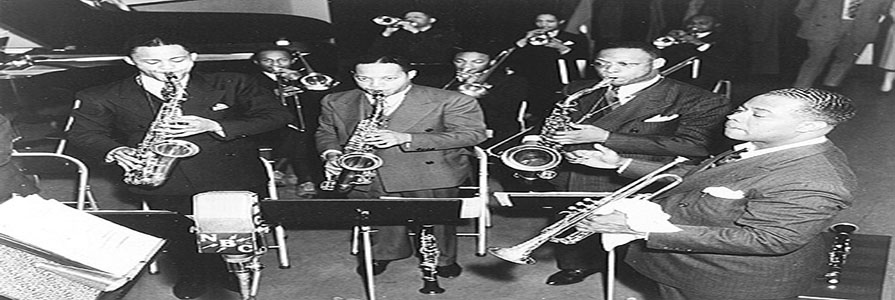During the 1920's, the African-American Culture experienced great change, particularly in Harlem, New York. A blast of new writers, musicians and other talented African-Americans had emerged from this section of the city. These blacks were working together to make a name for their race. Many young artists were now able to express their feelings towards racism, and the common stereotypes that African-Americans were the inferior race.
A popular new magazine called "The Crisis", created by W.E.B. Du Bois, allowed many talented blacks to showcase their hard work. W.E.B. Du Bois had a huge impact on the Harlem Renaissance and he helped to spread the work about these talented young blacks with his magazine. Langston Hughes also made a significant impact with his poem, “The Negro Speaks of Rivers.” This was one of the early popular published works in the "The Crisis" magazine, which helped lead to the magazines’ popularity. Many white publishers from outside of Harlem became extremely interested in the works coming from the crisis that they began offering money to many of these young talented artists. At that point, the expansion of the Harlem Renaissance was almost inevitable.
